![]() Per la versione in Italiano dell’articolo relativo a Bentley : https://www.stradeeautostrade.it/incontri-e-interviste/software-d-eccellenza-per-l-ingegneria-delle-infrastrutture/
Per la versione in Italiano dell’articolo relativo a Bentley : https://www.stradeeautostrade.it/incontri-e-interviste/software-d-eccellenza-per-l-ingegneria-delle-infrastrutture/
Over 500 BIM experts gathered in Rome in April for the buildingSMART International Standards Summit. An important appointment to discuss not only the most recent updates in the sector but also its future.
At center stage, of course, digital technologies and innovative solutions applied to the engineering, construction and maintenance of infrastructures.
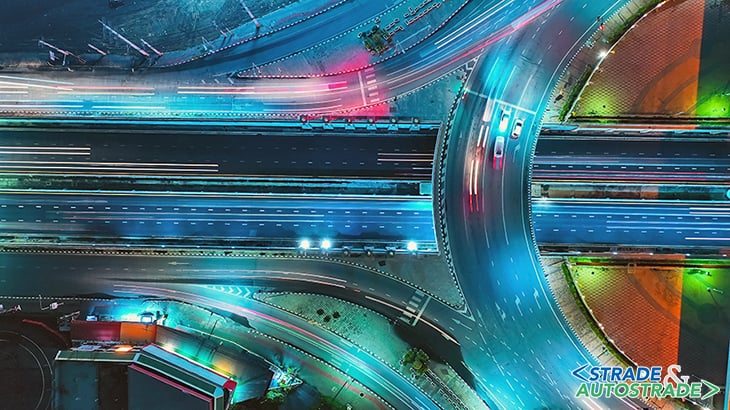
For “Strade & Autostrade” that was the right occasion to meet Bentley Systems, a wordwide leading company in the infrastructure engineering software sector.
In our interviews with Francois Valois and Julien Moutte, respectively Vice President of Civil Engineering and CTO (Chief Technology Officer), we touched on various central topics in the civil engineering sector, discovering not only the many advantages of Digital Twin technology, also in terms of environmental sustainability, but above all the extreme importance to adopt open platforms, such as iTwin, to guarantee efficiency and interoperability in processes.
Here are our interviews.
Interview with Julien Moutte, CTO (Chief Technology Officer) di Bentley Systems
“Strade & Autostrade”: What is the importance of the standards for Digital Twins?”.
“Julien Moutte”: “When you create a Digital Twin, you invest in your data. The return on investment that you expect is one or more outcomes or efficiencies. As a wise investor, you want to ensure that it is safe and long lasting.
You want to be able to leverage that data in the long run and not be held hostage by market changes. This is where openness plays a key role. If your data is stored or made available using open standards, you can ensure that it will stay useful forever and you do not have to depend on the survival of a specific software vendor.
Openness is not only about standards, though. Indeed, data is accessed and leveraged by software. Even if the data is available using open standards, all the tooling around it might be proprietary and hermetic. Being able to work with the open data using open-source software brings an additional level of openness, protecting your investment even further.
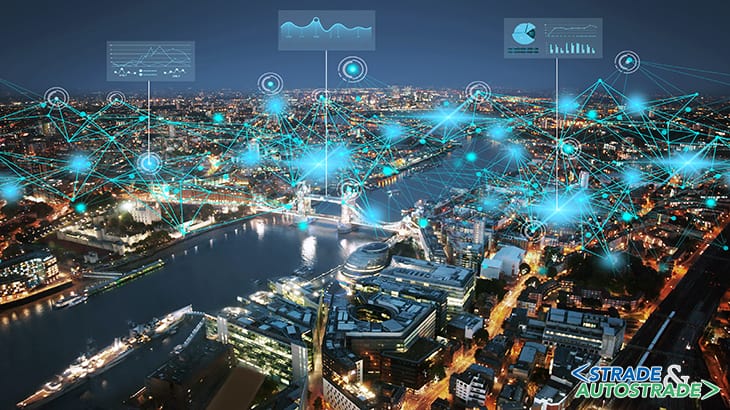
In the Three Horizons session, we talked a lot about a future where we have Digital Twins of everything and where they interact with each other. For a digital twin to communicate with another, they need to speak the same language. In the software world, this language is what we call application programming interfaces (APIs). Openness and standards will play a key role on that front too.
Those three openness qualities should be high on your requirements list when starting to build a digital twin-open standards, open source, and open APIs”.
“S&A”: “No project too big or too small”: can the digital twin technology make a difference even for small projects? Can even small Companies use the benefits of platform like iTwin, or is this investment interesting mainly for bigger Companies?”.
“JM”: “I am convinced that digital twins can bring benefits and unlock outcomes at any scale. A good example of that is the smart home industry. More homeowners are investing in creating the equivalent of a digital twin of their property. They use it to achieve energy efficiency and to make their life more comfortable or their place safer.
Every digital twin can start in a different way, depending on the data you have, if it is sufficiently realistic and updated often enough to deliver the outcomes that you are looking for.
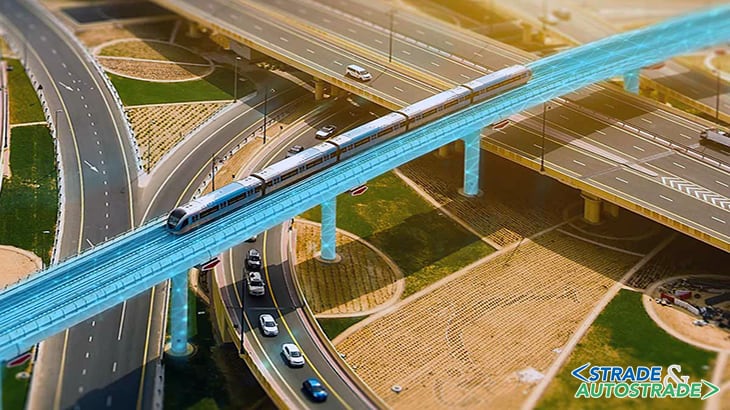
Digital Twins can be used on large projects like airports, but we also see them being used on much smaller projects like a substation or a roundabout. The technology available to create digital twins is approachable.
A simple smart phone or tablet could be used to capture enough photos to create a realistic 3D model. Connecting sensors over 5G to push data in the cloud and visualizing it in context can be done in a few days.
To continue with my analogy on investment, what matters is the return on that investment. It does not matter if you are the biggest hedge fund or just an individual investor; if the ROI is substantial, you should consider investing.
The availability of very low-cost broker platforms for the stock markets have democratized the investment opportunities for many. I believe the technology for digital twins is entering this democratization space where projects of any scale can get started on their journey and harvest sizeable outcomes”.
“S&A”: “Related to event session “Myths Busting”: what are the myths about digital twins, that need to be undone?”.
“JM”: “One myth is that a digital twin must start with an accurate 3D BIM model. It’s quite the opposite! A vast majority of digital twins will be created by just capturing the reality of what is out there, through photos, videos, LiDAR scans and also documents and drawings.
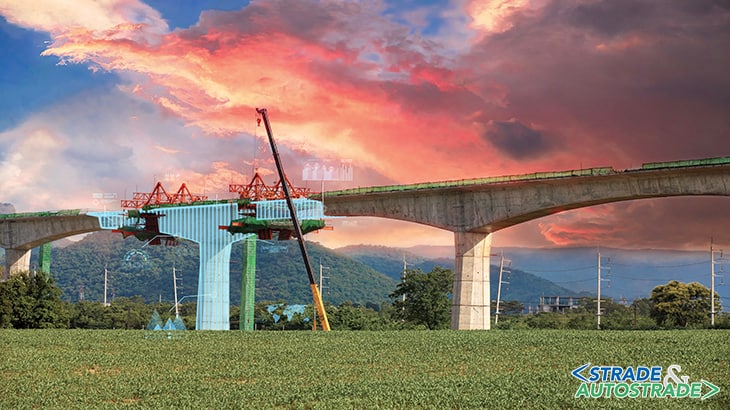
Another myth is that every data set must be updated all the time. Like in many other disciplines, there is no value in overachieving because the costs are growing exponentially. The data must be dynamic enough for you to achieve the outcome that you are looking for”.
“S&A”: “One of the central themes (not only) in the world of construction is sustainability. Does digital twin technology and openBIM make the construction and management of infrastructure more sustainable?”.
“JM”: “Yes, sustainability is a very central theme and that is even truer for infrastructure because you can apply two definitions, or interpretations, of what we mean by sustainability. Sustainability is defined as the ability to maintain or support a process over time.
For many, sustainability is tightly connected to the environmental impact and how can we ensure that our infrastructure is not disrupting environmental sustainability. But for infrastructure, it can also mean ensuring the infrastructure that we (re)build can continue supporting the process and outcomes over time and in changing and adverse conditions.
The good news is that digital twins can help on both fronts. On environmental sustainability, they can help reduce waste with efficiencies at every stage of the asset lifecycle. For instance, you can avoid rework by communicating better, detecting problems much earlier in the design and construction phases. You can optimize the number of materials and resources used.
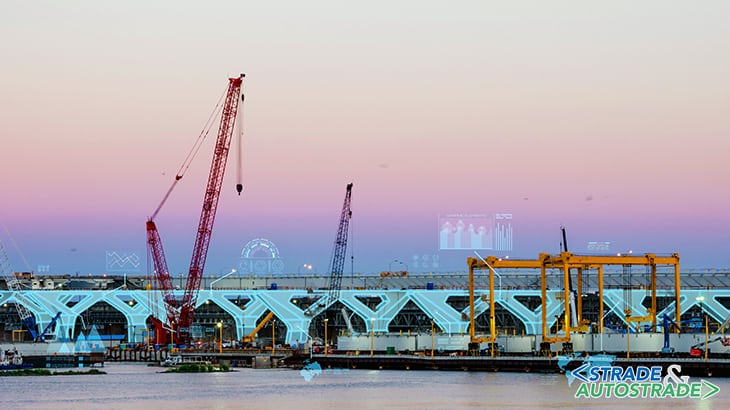
The carbon impact of a project can be assessed and optimized before getting started. You can detect problems that might have a substantial impact on the environment, such as leaks or anomalies, much earlier.
On infrastructure sustainability, digital twins can help build better infrastructure. Simulations can help us build infrastructure assets that will last and be prepared for the conditions of tomorrow.
Inspections powered by digital twins can help us maintain the optimal condition of infrastructure at a fraction of the cost. Global warming will have a big impact as well.
We are getting better at modeling and understanding how our future world will look like, creating a kind of a digital twin that is a digital representation of our physical world. This understanding of what is to come, when combined with digital twins of what we plan to do, will make those new infrastructure assets much more sustainable”.
“S&A”: “What does the future of digital twin technology hold? What challenges still need to be faced, and how to you expect that these will evolve?”.
“JM”: “There are a lot of exciting technologies that we are exploring right now. Artificial intelligence (AI) has improved our products progressively for the past few years, but it is now accelerating.
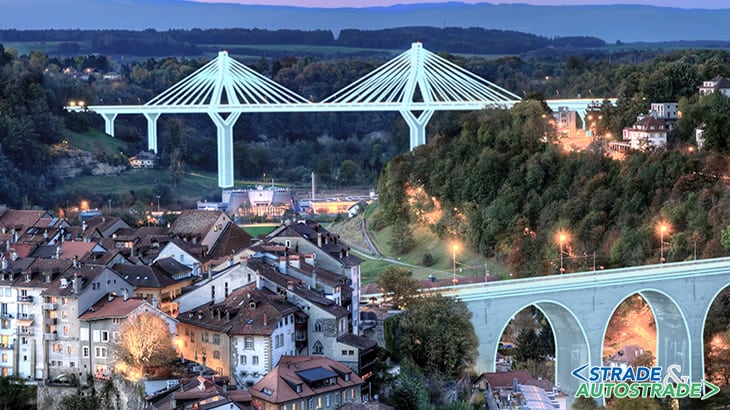
Computer vision and predictive analysis allowed us to create Digital Twins that can detect problems much faster than humans. New developments in AI are now opening the doors of generating designs and models automatically based on past experiences, requirements, and sustainability conditions.
Tools like ChatGPT can be taught using massive amounts of human-created content. Infrastructure is no different. It is now more important than ever to light up the dark data that we have accumulated over the years to feed and train those AI models so that they can help us. AI will unlock impressive outcomes when it can work with our data, learning from our past work and experiences.
Digital twins are the ideal foundations for this data. It is a big opportunity and a challenge at the same time as we ask how fast can we surface and align the infrastructure data that will power the AI-enabled digital twins of tomorrow.
We are also looking at how immersive technologies and the metaverse can play a role in digital twins. The input and output channels that we use to interact with computers are still very limited-keyboards, mouses, flat screens. This interaction has improved recently, as voice recognition and dictation is progressing fast. There is a lot more to come with virtual reality and augmented reality headsets, live collaboration in virtual rooms with avatars, and more.
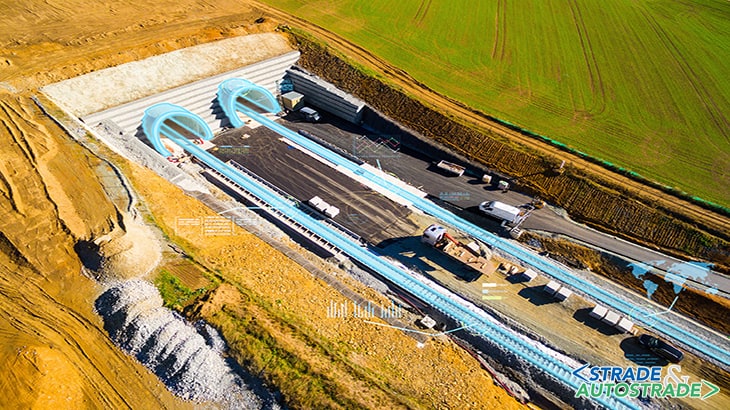
At some point in the future, we will reach a level where digital twins will have enough data and (artificial) intelligence to take decisions that can impact us. This scenario will provide huge benefits because they will increase our quality of life. But it also comes with some important challenges. A big one is security. Indeed, when a digital twin is connected to the “world” and empowered to take decisions, it can become the target of malicious organizations that can generate a lot of harm”.
Who is Julien Moutte
Julien Moutte joined Bentley Systems in 2021 as Vice President for Technology in the product advancement group. Prior to that, he served at SAP as head of architecture and technology for the Marketing Cloud, where he was responsible for the transformation of the company’s software into a true Cloud service.
Moutte also founded multiple software Companies and consulted for several other technology Companies as CTO or CEO. He is an active contributor to the open source community and a passionate software engineer. Moutte is based in Barcelona (Spain).
Julien Moutte is Chief Technology Officer of Bentley Systems and is the principal architect of the company’s technology directions. He has over 20 years of technology leadership experience in startups, scaleups and large organizations.
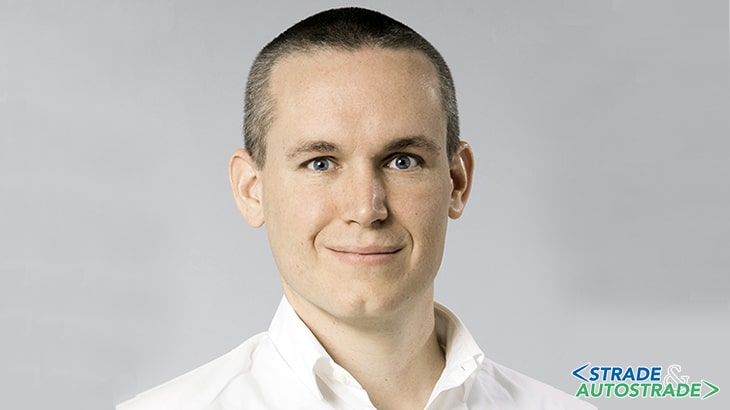
Prior to joining Bentley as Vice President of Technology in 2021, Julien served as Head of Technology for SAP Marketing Cloud and a member of the office of the Chief Technology Officer with SAP Customer Experience.
He also served as Chief Technology Officer of Scytl, a platform for online voting, and the Fluendo, the Free Software multimedia experts, which he co-founded in 2004 in Barcelona, Spain. Julien holds a degree in computer science from Université Claude Bernard in Lyon, France.
Interview with Francois Valois, Vice President of Civil Engineering at Bentley Systems
“Strade & Autostrade”: “How is Bentley Systems helping engineering companies in the transportation and construction world to accelerate the pace of digital transformation?”
“Francois Valois”: “Bentley System is the digital twin for infrastructure company. We help our users, a lot of them are engineering consultants, by solving today’s requirements producing plans and the deliverables that they need but also making them future proof by allowing to create rich 3D models both from a geometric and a semantic perspective.
This allows our users to produce super easily using our open applications, such as Open Rails and Open Roads, but also to manage all the data with our Bently infrastructure cloud products, such as Project Wise. That’s not all, because we’re making data open as well, so that the data they create can then be shared with others through open standards and also to our iTwin platform, which is open source.
This means that its code is available to everybody to look at and the data is open so it can be accessed by anyone with the proper software and the ability to read the data. We do this because we want to make sure that the data produced will be useful forever, because infrastructures are very long lasting.
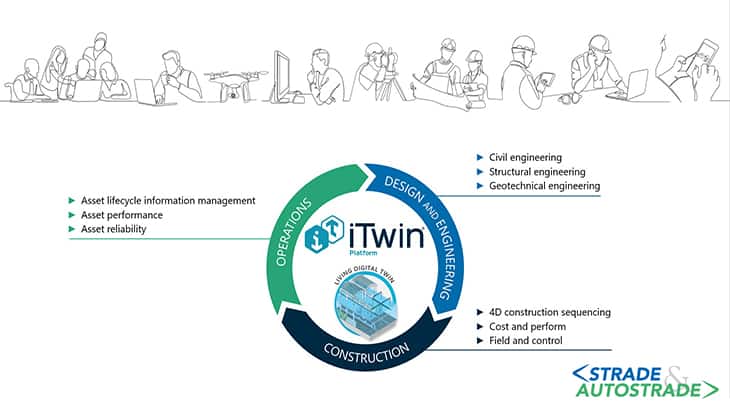
This notion of being open is very important for us and we also see that engineers are becoming more and more involved into this notion of digital: they not only produce the design but they want to be involved in the digital integration world.
That’s why we’ve just introduced a new program where we help engineering companies to become partners with us to be involved longer in the infrastructure lifecycle beyond just a design. In this way they can be involved into the construction and into the operations as well and become the data custodian of the digital twin, the guardian of the data.
We’ve just signed a partnership with WSB company in the United States to provide us with this service. You know, it’s basically not a technology but it’s a way for people to adopt the digital twin technology: it’s about people, processes and technology. So, we need to cover everything in that context”.
S&A”: “Following the 2023 trends for infrastructure in Europe, do digital twins and openBIM technologies make infrastructure construction and management more sustainable?”.
“FV”: “Yes, of course. Digital Twin technologies have the potential to help make infrastructures more sustainable and more resilient as they help in all phases of the workflow in making better design decisions, decisions that are less carbon intensive.
You can indeed pick the right material to reduce the carbon footprint of the construction. Picking green materials is very important but also reducing the number of truckloads, for example, will decrease the carbon footprint. Making the infrastructures more resilient will assure that they are ready for the next flood, the next hurricane, the next earthquake with no interruption of service. Digital Twin helps you to better manage the infrastructures.
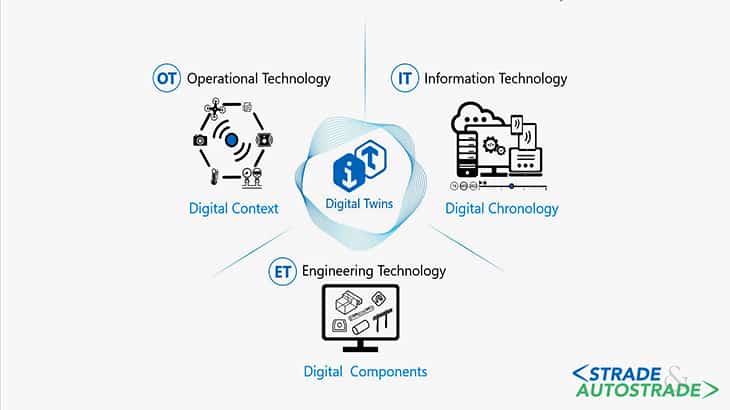
Through IoT, for example, you will allow to make the infrastructure more resilient and more sustainable in the long run as well. Having access to an open platform, all the data are available to all participants in the workflow: the design data that Bentley produces becomes available to anybody and also to third parties that has environmental impact analysis software. To verify these aspects, we have also signed a partnership in Europe with EC3”.
“S&A”: “How does Bentley facilitate the adoption of its technologies and what training tools does it use?”.
“FV”: “We understand that the technology alone won’t allow the world to adopt the Digital Twin. So, we need to consider the problem more fully: people, process, technology and not just the technology itself. In the process front, for example, we are involved with organizations in Us and in Europe to help them to develop new guidance, standards and process definitions.
We’re also engaged here with Building Smart to help to create and define standards which will improve the data interoperability. We make our iTwin platform open source and we offer accreditation programs for developers, so people can be trained for free on the iTwin platform and also on our other design programs, such as Open Roads.
We’ve created very advanced programs, like the Open Roads premier scholar program, which allows to train the best of the users. And users also created a global community of practice, so that they can help each other. We help high schools’ students but also the younger age students to become interested in science, technology, engineering and mathematics. We are very proud for the donations to the STEM programs and every Bentley colleague has a contribution amount of money that can give to a local school for this aim”.
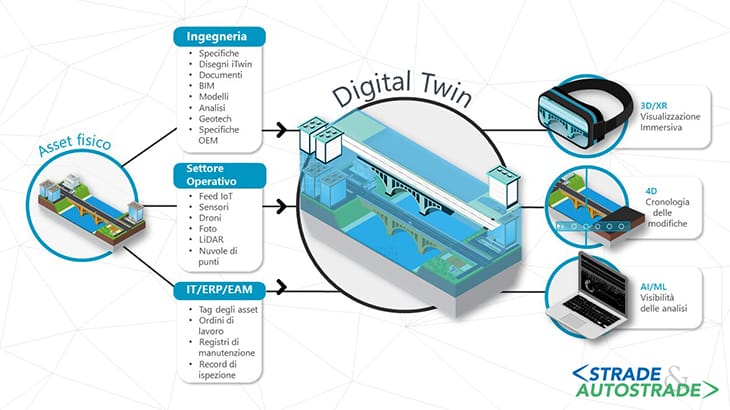
“S&A”: “What new tools does the latest version of your iTwin platform bring to the transportation sector?”.
“FV”: “The iTwin platform, being open source by nature, is currently available and in productions. We have multiple users, also in Italy, that are leverage on that platform. But the one unique thing that we did in the iTwin platform is that we made it road and civil enabled: not only it is great to display the graphics and these sort of capabilities, but it is also “civil aware”. We say that we “civilized” the product. That allows civil engineers to feel at home. They can do, for example, super elevation, bridge clearance, geometry, quantity or drive-through analysis: a wide range of analysis directly within the platform.
We also created a new product, iTwin IoT, that we’ve just released allowing to manage and connect to the IoT devices. We developed a new product on iTwin Capture as well, to capture 3D models from photos, and the cloud based iTwin Experience for capturing, analyzing and sharing reality data from drone and survey images. All of these tools fit the needs of the civil engineers: they can help in the design, in the construction and in the operations so they are useful for the engineering contractor, the construction contractor and the owner.
But we also want to point out that we don’t want to work alone. So, if somebody is using other products, we are very open: that’s why we made iTwin platform open source. We can collaborate in the workflow, you don’t have to have all Bentley products to be productive, you can work with your favorite software and still benefit from our products”.
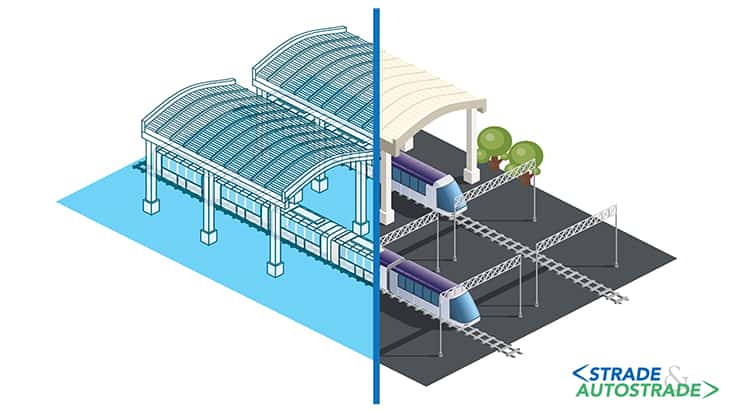
“S&A”: “What are the strengths and advantages of iTwin compared to competing solutions?”.
“FV”: “The first thing is that it is open source, based on open standards and offer open access to the data. It gives the power to the user. The data has to be open source so that it can live forever and that’s very important.
And, second thing, iTwin platform is engineering ready: it does understand the objects, the construct, the elements and the workflow of civil and roads engineers. We did not create that platform for buildings, for example, but for civil engineers. Third thing is that it is civil enabled: it has the capability to work the way civil engineers want to work: with alignment, profiles, the quantity super elevations… all the things I mentioned earlier.
This is very powerful and we are uniquely creating this: all our competitors’ are just viewing tools, while we can analyze the data. We understand the civil engineering route because that’s where we come from: we are civil engineers. Our single and larger business and revenue is civil engineering so we understand that better than anyone else.
We work with 47 department of transportation in the United States and also with transportation agencies around the world and we collaborate with them: they help us and we help them in this context. That’s why iTwin platform is superior when it comes to civil engineering: because this is our world and we want to continue to contribute in the industry to make it more resilient and more sustainable”.
Who is Francois Valois
Francois Valois joined Bentley in 2004 and is now Vice President of civil engineering. Valois is responsible for the overall operation of the unit including strategy, finance, human resources, software development, business development and user success.
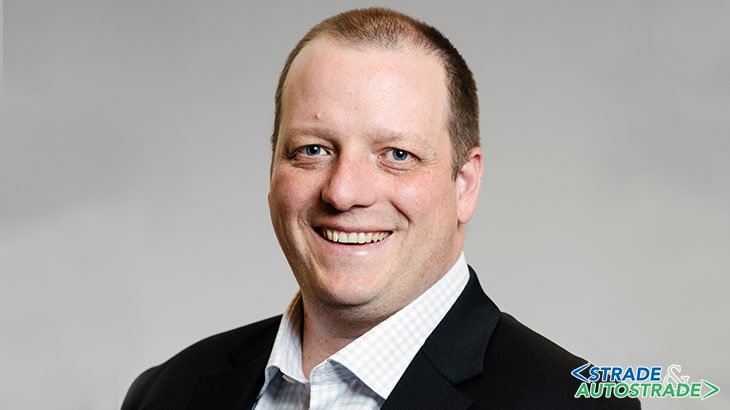
He previously served as Vice President of portfolio development and was responsible for mergers and acquisitions as well as Bentley’s Accelerated Development division.
His other roles at Bentley included Senior Director Software development for reality modeling and Director of Product Management for civil, mining, reality modeling, geospatial, utilities, communications and geotechnical.
![]() Per la versione in Italiano: https://www.stradeeautostrade.it/incontri-e-interviste/software-d-eccellenza-per-l-ingegneria-delle-infrastrutture/
Per la versione in Italiano: https://www.stradeeautostrade.it/incontri-e-interviste/software-d-eccellenza-per-l-ingegneria-delle-infrastrutture/

